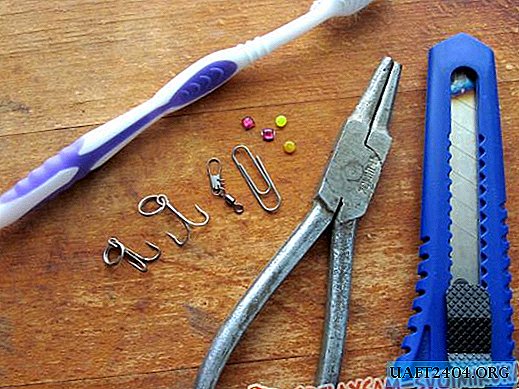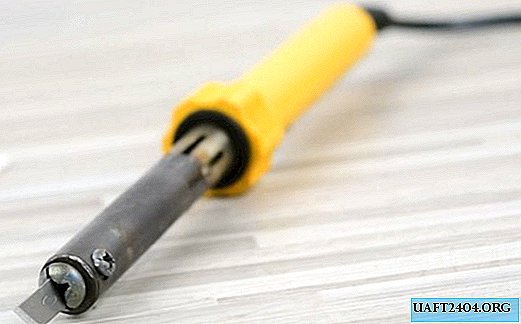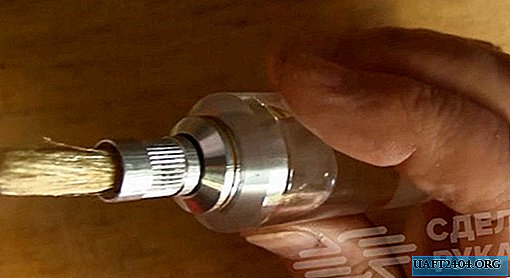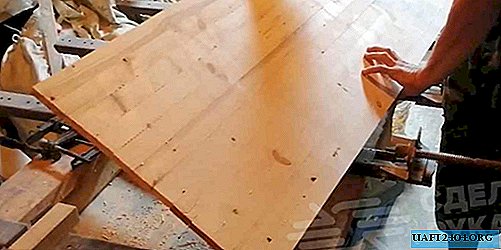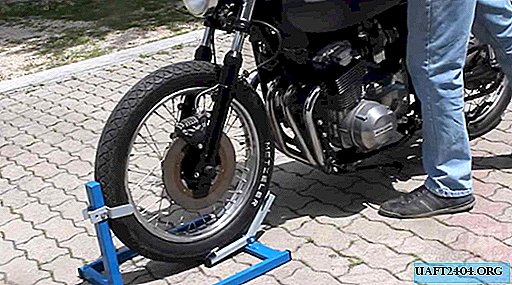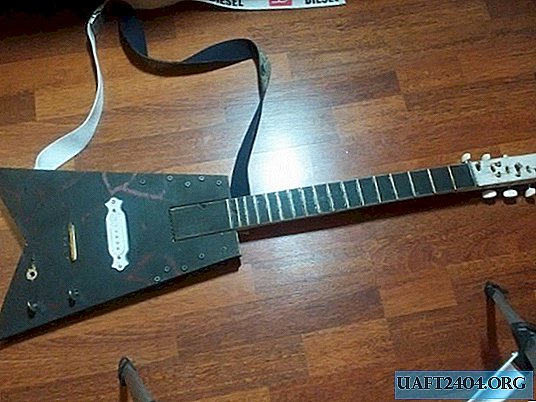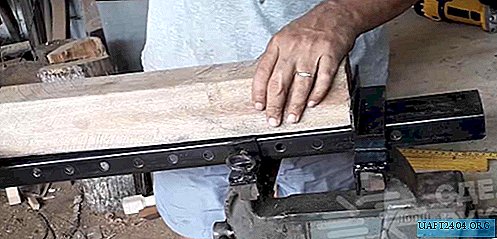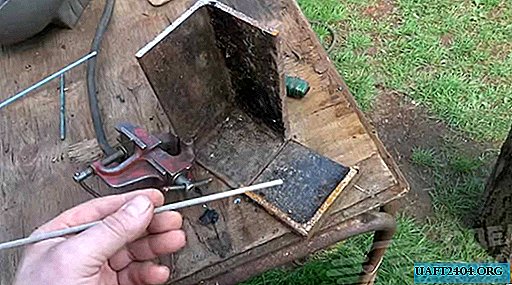
Many of those who live in a private house or have a summer house want to learn electric arc welding, so as not to turn to neighbors, friends or acquaintances every time for help. And it is quite real.
The most important thing, as they say, is desire, and experience will come with time. In this review, we offer you simple tips and tricks for beginners.
And let's start with safety during welding. For some reason, novice welders forget that a certain “dress code” must be respected.

If you think that you can work with welding in ordinary rubber slippers and roll up your sleeves, then this is wrong. Firstly, shoes or boots should be worn on the feet, and jeans should always cover the shoes so that drops of hot metal would not fall into it.
You don’t need to fill clothes in your pants - it should be off-duty. Sleeves of clothes should fit snugly to the body, if they can be wrapped wide with masking tape.
This is necessary so that the spark does not accidentally fall under clothing. Moreover, the clothing should be either cotton, or made of denim. No synthetics. As for the neck, it should also be closed.
Also, welding gloves (leather or split) and a welding mask are required. For starters, you can get by with the budget option, and then buy it, for example, with an automatic dimming filter.
What to choose electrodes for welding
Electrodes with a diameter of 3 mm are considered the most popular, and for a novice welder, this is the most optimal option, so it is advisable to dwell on them. However, at home, you can also use electrodes with a diameter of 2 mm.

Moreover, it is advisable to buy both rutile electrodes and with the main coating. The most popular rutile electrodes are ANO 21 and MP-3, with the main coating being UONI 13/55.
What polarity of welding to choose
On inverter-type welding machines, it can be cooked both on direct and reverse polarity. In the first case, "-" goes to the electrode holder, and "+" - to the mass. In the second case, the opposite.

Thin metal (1-2 mm) is usually welded on the direct polarity, while the reverse polarity is already used when welding thick metal, since when "+" is on the electrode itself and "-" on the part, the best penetration of the metal is ensured.
Please note that most often welders select the current strength experimentally. That is, they set the maximum value (for example, 130-150 Amperes), then lower it to the value when the metal melts well.

In general, for each millimeter of electrode thickness, you need to take about 30-35 Amperes, but again, then you need to adjust the current strength during welding. You won’t learn this quickly, but over time, everything will become clear.
How to start a training for a beginner
First you need to learn not to weld, but to light an arc and tear off the electrode from the metal. For example, during welding or at the time of ignition of the arc, the electrode may simply stick (or stick).

What to do in this case? If the electrode sticks to the part, then do not wait until it overheats and bursts in some place. It is necessary to tilt the electrode left and right, trying to simultaneously pull it towards yourself.
Now you can try to weld together any two parts. And it’s better to train on thick metal.
If you want to try to weld thin metal first, then most likely you will burn it, and accordingly, you will be upset that you will not succeed. And on thick metal you will quickly figure out what's what. Then it will be easier on thin metal.
How to start welding metal blanks
First of all, you need to light an arc. Strike with a coating on the end of the electrode for metal, and when a spark appears, then take the end of the electrode 2-3 mm from the surface of the part.

In a circular motion, we achieve the appearance of a weld pool, trying to maintain the gap between the electrode and the part, after which we begin to guide the electrode along the part in a straight line. The angle of the electrode is 45 degrees.

And in the end, you will get something similar to a seam, however, he is still far from ideal. You will need to fill your hand.

Now let's try to weld two parts. And first of all, you need to clean the metal with a grinder from rust and dirt about 2-3 cm from the edge. If the metal is thick, then a certain gap must be maintained.
We put two tacks: one at the beginning of the seam, the second - at the end. And boil the entire seam along the entire length, making zigzag movements with the electrode. The first time you may not succeed, but do not be discouraged, everything comes with experience.

The main thing - do not forget to maintain the gap between the part and the electrode, as well as keep the electrode at an angle. Well, it is important to choose the current strength correctly. Moreover, it is desirable, if possible, to tilt the part slightly so that during the welding process the slag flows down in the opposite direction from the direction of the electrode.

It is better for beginners to cook vertical seams with a margin. That is, first we put a “dot”, wait until it cools down a little (but at the same time it should remain red), then we light a electrode from it, and put a new “dot”. In this way we pass pointwise the entire seam from top to bottom.

You can find more detailed information about the intricacies of welding for beginners in this video.


